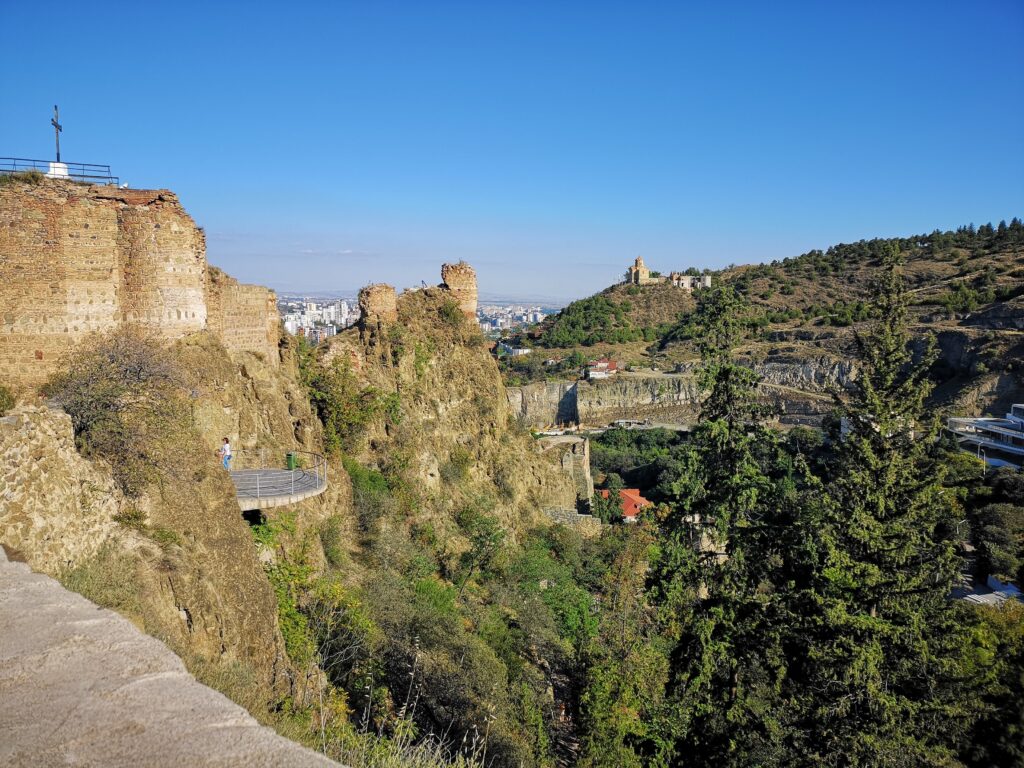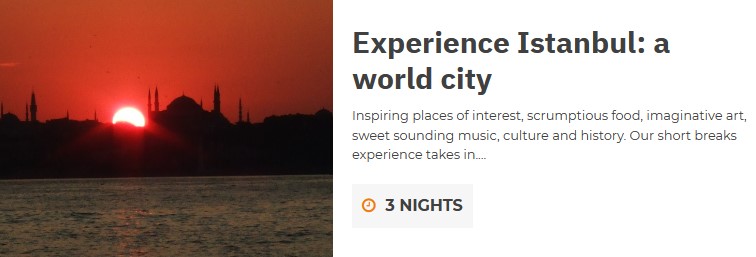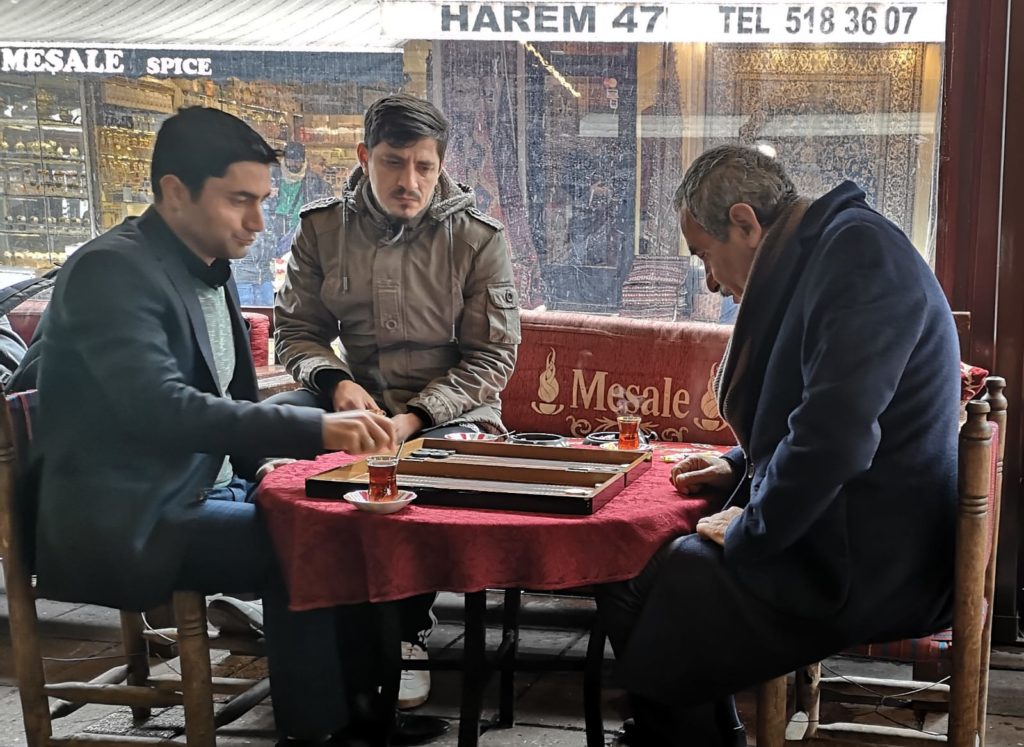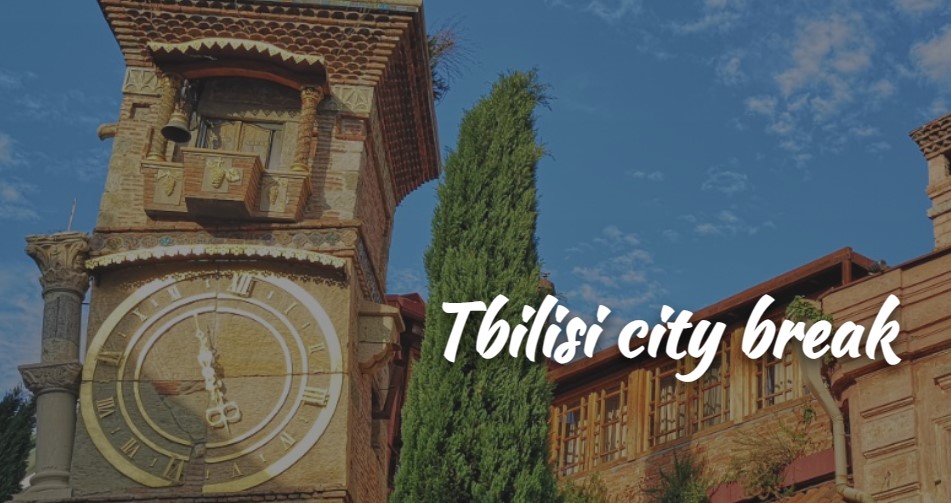Are you happy? It’s a question we are often asked. In the United States they actually have a Constitutional right, if not to actually have it, at least to “pursue” it. They seem to think it really matters, but what does it mean? Is it a right? When we have it, do we really know? Are we just confusing it with something else like “joy” or “contentment”?

Article continued below…

Maybe the loose, broad definition of the word just confuses us and, because we can’t pin down its meaning in order to decide if we have it, we probably don’t. People these days mistake happiness with contentment and worse, they often define their happiness with their right not to be annoyed, irked or offended by others. We’re all just trying too hard and something demanded just irks, annoys and offends everybody else. We need to pause and reflect about what it is we need to make our lives better. We need a word to define the things we are not grasping because if we don’t have a word, how do we know? Well, the Turks have such a word for this. It’s just the one, little word: “Keyif.”
Turkish is a language that seems to be able to sum things up concisely but with heart and poetry.
“Keyif” is a state of mind; The “Ancient Art of Meaningful Idleness”, while ancient it nonetheless penetrates our lives in the modern world like blood vessels carrying the oxygen of wellbeing through our bodies and through our relationships. Its just that we aren’t always aware of it. We don’t have a word in English that expresses this idea and we are the poorer for it.
In its simplest expression” Keyif” means to do nothing happily but with meaning; it is about the pursuit not of pleasure, but of a moment of idle pleasure; it’s about suspending a moment in time, separating it from the confusion of daily life, and savouring it. Keyif is a skill which many of us have lost, but which we can reacquire with a little thought and introspection. We need to acquire a perspective.

It is an idea that spread with the Turks as they settled in new lands and touched new places. It’s an idea born of great distances travelled under wide open skies; it’s a product of patience.
Keyif was an idea explored by Gerald Durrell in his book “Bitter Lemons,” in which he describes a place at the centre of Bellapais in Northern Cyprus called “Sessizlik Ağacı,” the Tree of Idleness.

But in Turkish, the word “sessizlik” expresses a number of meanings that simple “Idleness” rather misses. It isn’t indolence we are seeking. It’s about peace, quiet, tranquility and noiselessness, even in the midst of noise. It can be about the unexpected.

In Bellapais, it was a place where the men of the village gathered on a hot day to enjoy the shade and to share moments of, well, idleness, that were, nonetheless, still important. Every village had one. Every neighbourhood has one, and if it doesn’t, it should. But that doesn’t mean you can’t make your own, because ultimately, Keyif comes from inside you in solitary moments, moments shared with friends and loved ones, or even the coincidence of an insight, or a moment of humour, shared with a stranger in the street, in a coffee shop or on the bus.
When I think of our friend, Will Lord, Master Flint Knapper, taking a large flint core, striking it in that sweet spot, having it split wide open and seeing in its heart where he will extract that perfect flint axe head. Keyif.
It can be that singular moment when that happy, sometimes chaotic gathering with friends or family comes together, the passage of time seems to disappear, and that period of Keyif becomes apparent only in a recollected moment that has passed. We’ve all had them. The question is, can we recognise and appreciate them?
Now that you know what it is, let me share some of ours. It is one of the joys of being in the travel business that one gets to design tours that will interest and excite others. Sometimes the obvious market constraints restrict imagination but usually we can indulge oneself.
Tbilisi, the capital of Georgia was an indulgence. Georgia is next door to Turkey. There are decent flights between Istanbul and Georgia. Why not? So, we did.




What a surprise. Tbilisi is a beautiful city but it’s compact. You can cover it on foot in just a few days. The people are lovely and the food is great; the monuments and public buildings, both old and new are wonderful and they blend together in a way that actually surprised us. It proved to be full of those moments essential to Keyif.








In fact, one of them was not unlike Gerald Durrell’s Tree of Idleness…. except it wasn’t a tree and it wasn’t in a hot sleepy village. It was a group of benches clustered around a signpost outside a market selling beer and sandwiches. There was a busy intersection and within direct line of sight, a dozen or more interesting things to see. But with a sandwich and delicious Georgian beer, a bubble seemed to envelope the place and it felt tranquil; time seemed to just slow down. You get the idea. At this point, you’re expecting a photo, right? Sorry, there isn’t one. We were in the moment just breathing it in. Keyif, eh?
However, the city provides many such opportunities and there is one more I’d like to share: Tbilisi’s crooked clock tower. It’s in the guide books so we shouldn’t have been unaware of it, but we were. It is down a narrow street in the old city but it’s new. 2011, in fact. There are quite a few adjectives that could be applied to this nugget of weirdness, but for our story, it was just a delight. Keyif. But we did take photos.


Article continued below…

From a small city like Tbilisi to a megacity like Istanbul, there is always a moment to catch and savour because often, the best Keyif is the solitary pleasure snatched from a busy place………. like the coffee shop; closing your eyes, sensing the aroma of a nargile shared from the other side of the coffee shop, savouring a sweet Turkish coffee while behind you is the background rattle of backgammon dice and the murmur of conversation punctuated by a fog horn from the Bosphorus. That’s Keyif.


In a busy city like Istanbul, you can surprise yourself. Watching the laughter of a small child caught up in the dexterous antics and trickery of one of the street vendors of the sticky salep ice-cream reminds you how much fun watching something really silly can be. Keyif.

In the various neighbourhoods of a big city like Istanbul, with a population approaching 20 million, neighbourhoods like Kadiköy and Moda, Üsküdar or Polonezköy, Eyüp or Kumkapı, all once villages but now absorbed by the modern urban sprawl, moments of Keyif can be observed every day and probably the best practitioners are the feline and canine residents, true ” İstambullular,” who seem to draw Keyif from the very stones of the streets and corners in which they live.
Watch them, they know how to do it. Some of these canine street dwellers become such a part of their neighbourhoods that they are missed when they are gone. On one Moda Street corner, next to a coffee shop, is an unassuming life-sized statue of one such departed local citizen. When you see her, it’s a moment of pleasure. Keyif.

Article continued below…

Of, course, it’s not just the big city. Keyif comes from within so it’s an “anywhere” thing; it’s that intersection between what’s inside and what’s out there and you can’t get much more “out there” than the expansive vistas of eastern Turkey.
Frankly, it’s hard to beat bathing in the crystal-clear, astonishingly blue water of Lake Van at an elevation of 5,381 feet, in October, with the backdrop of the stunning Stratovolcano of Mt. Suphan……. then sitting on the cobble shore watching the setting of the sun over this extraordinary lake.


This has been a real pleasure and also a number of moments of Keyif for us as we have explored part of our huge library of photos of our adventures, treks and holidays over the last few years. We hope you are having a happy day and enjoying this travel journal whilst enjoying a moment of “Keyif”.
Best wishes
Sally and Nick
Keyif.



